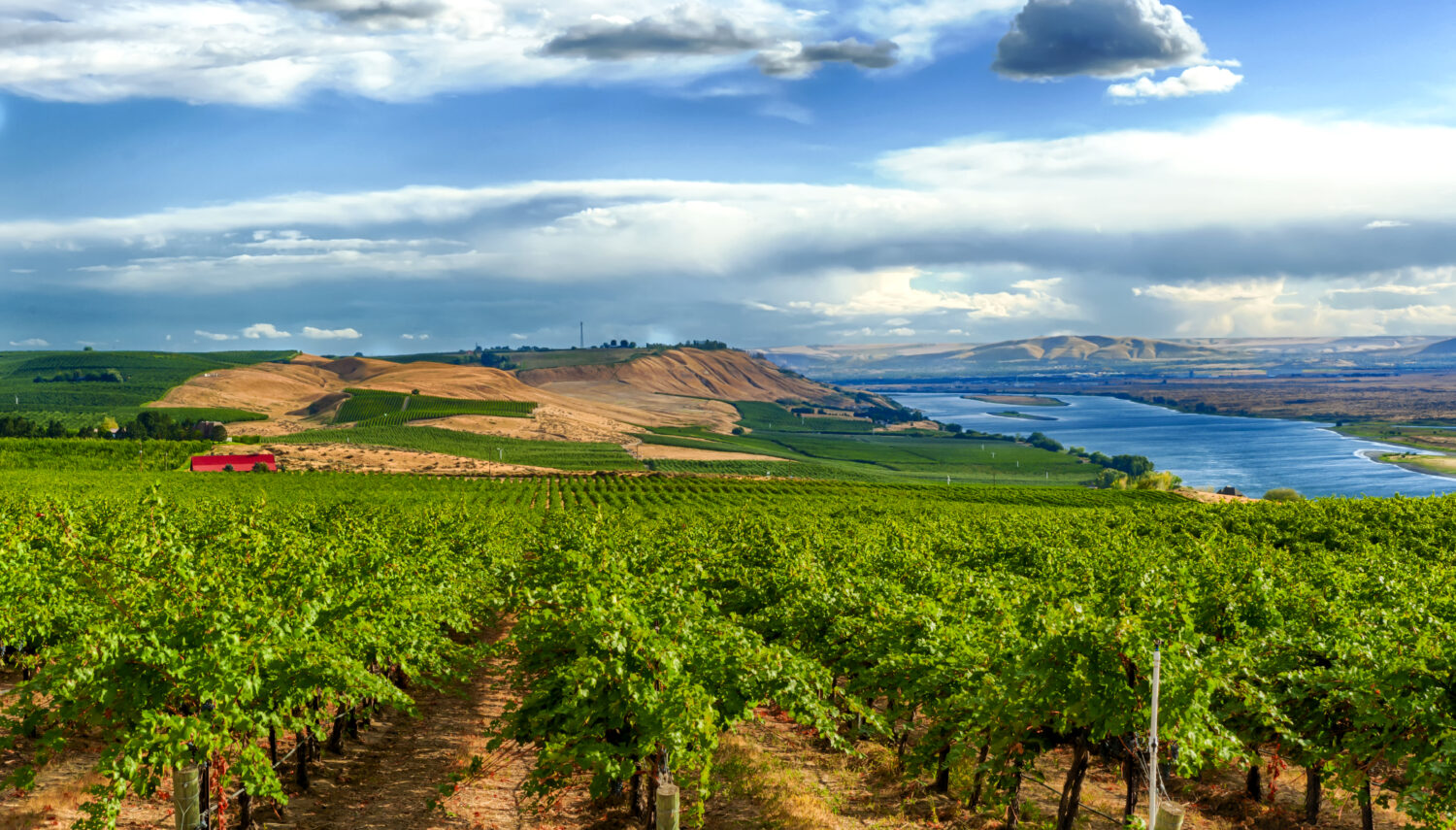Download the 2021 high-level data update to the Economic Impact Report:
Background and Purpose
Wine production is an important and growing economic activity in Washington state. Wine production involves an extensive supply chain, beginning with grape growers and ending with grocery stores and distribution networks, and many steps in between. Over the years, customers across the U.S. and world have increasingly recognized and sought
Washington state wines for their high quality and competitive price-to-value ratio.
The purpose of this report is to illustrate these linkages across the state economy, from supply chain transactions—such as sales of wine grapes to wineries—to the economy-wide impacts of wages spent by workers in Washington’s wine industry. This report is an update to the 2015 economic and fiscal impact analysis, with the latest data on wine production, sales, employment, and other key indicators of the wine industry in Washington. This update also includes a deeper analysis of regional wine industry impacts and the role of wine tourism, discussed further below.
Methods and Data Collection
Analysis in this study uses data published by state and federal sources, including the U.S. Bureau of Labor Statistics, U.S. Bureau of Economic Analysis, U.S. Alcohol and Tobacco Tax and Trade Bureau (TTB), Washington State Employment Security Department, Washington State Department of Revenue, Washington State Department of Agriculture, and the Washington Wine Commission. Data analytics were augmented with interview findings, secondary research sources, and company-specific information gathered through websites, financial statements, and other publicly available information. Vintage Economics, a wine industry consultancy, provided data and analytics on wine shipments.
Economic and fiscal impacts were computed through use of the Washington State Input-Output Model, adjusted to account for sub-state regional economic conditions and tax impacts.
Key Findings
Wine Production, Distribution, and Sales
- In 2018, there were 59,200 planted acres for wine grape production.
- Washington wineries crushed approximately 261,000 tons of grapes in 2018. This was up from 229,000 in 2017, but slightly down from a peak of 270,000 in 2016.
- In 2018, there were 944 active licensed wineries in Washington State, a 11% increase over 2017, representing a net increase of 90 licensed wineries.
- Wineries generated an estimated $2.4 billion in sales in 2018. This amount represents a 48% increase over revenues in 2013 in inflation adjusted dollars, or at a compound annual growth rate of more than 8%.
- By comparison, fresh market Washington apples generated slightly less than $2.1 billion in sales in 2018, based on data from the U.S. Department of Agriculture.
- Additional sales through downstream mark-ups summed to an estimated $1.3 billion.
- In 2018, an estimated 4,800 individuals, on an annualized basis, directly worked in wineries, either as hired workers, business owners, or sole proprietors. These positions were associated with direct income of $203.2 million.
- There were an estimated additional 10,900 workers employed in the distribution and sales of Washington wine, including staff and personnel at warehousing and distribution operations, restaurants, bars, and retail outlets.
- In 2018, the production, distribution, and sale of wine in Washington State directly supported 18,700 jobs and had a total statewide economic impact of 41,600 jobs, $2.1 billion in labor income, and $8.4 billion in economic impact, including impacts from wine tourism.
- The Washington state wine industry grew twice as fast as the state economy. Since 2013, the wine industry has grown 8% per year compared to 4% overall growth.
Wine Tourism
- In 2018, an estimated 2.6 million people visited wineries across the state. The largest destinations for wine tourism included Walla Walla (503,900) and King County (592,500), though the latter included primarily day visitors whereas the former included mostly overnight visitors.
- Wine tourism directly supported 3,000 jobs and had a total economic impact in 2018 of 5,100 jobs, $223.7 million in labor income, and $752.5 million in business revenues.
Download the report above to read more.

